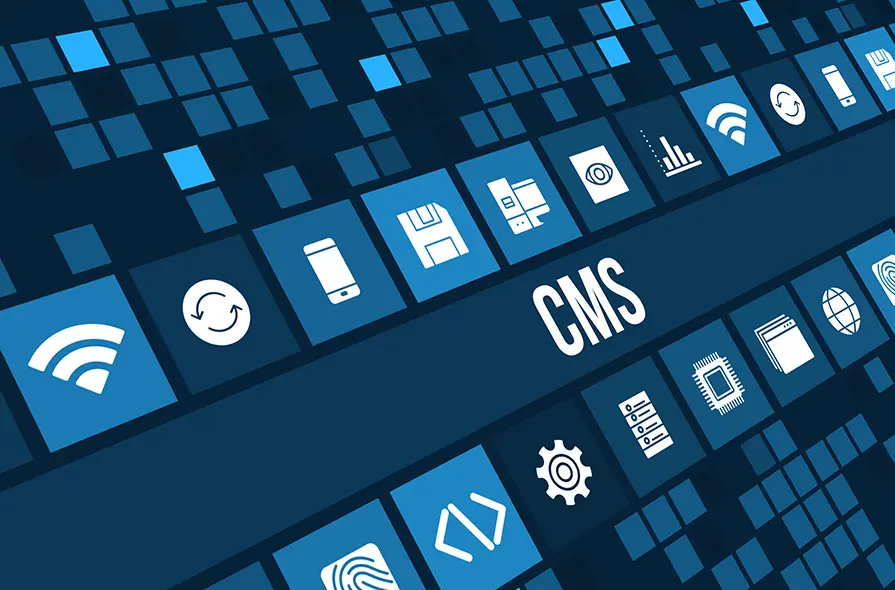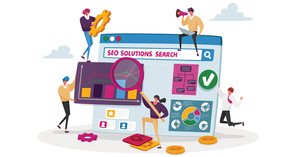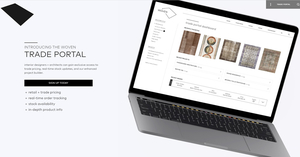
Upgrading your company’s website CMS is always a headache. From web pages and blog articles to images, videos, and even metadata, there’s a huge amount of content to identify, categorize, and move.
But not all companies have the same challenge ahead of them when they decide to upgrade their CMS. For instance, small companies usually have less complex web environments to migrate than mid-sized or large companies, making their transition more manageable.
On the other hand, while large companies often have sprawling, complex websites, they also have the resources to get the job done — they might even have specialists on staff who can oversee the process.
But while small and large companies get off easy, mid-market companies often have a hard time upgrading their CMS. Many mid-sized companies have extremely complex website environments to migrate but lack the resources or in-house talent to manage the project.
In many cases, the process can be so difficult and frustrating that it ends up being abandoned altogether.
What Makes CMS Upgrades So Difficult?
Content migration is the most labor-intensive and complicated aspect of the entire CMS switching process. Forget about buying platforms, configuring the new CMS, and building the new website — just migrating data from one CMS to another accounts for a huge proportion of the overall workload to upgrade a company website.
Here’s a quick overview of what’s required to successfully complete a CMS transfer:
Index everything on the existing website. This can be done manually or using automated tools.
Extract all content from the existing website. This can be very difficult because websites are often configured sporadically over time by people with varying levels of ability. This added level of complexity often causes important content to be lost or accidentally altered.
Preserve important metadata. Extracting and maintaining the integrity of metadata during a transfer is difficult, and many companies simply skip this step. However, metadata is critical for search engine rankings, and websites that don’t have their metadata transferred along with the rest of their content invariably lose organic traffic.
Determine what is current, and what needs to be updated. This process is usually very time consuming, particularly for larger catalog-style websites.
Make all necessary changes and remove unnecessary content. Again, this can be extremely time consuming, and it’s very easy to make mistakes along the way.
Restructure all content so it’s correct and appropriate for the new CMS. If this is being done manually (which it usually is) it can take a lot of time, and there’s a significant risk of human error.
Upload restructured content into the new system. Once again, this process can take a long time if performed manually, and the risk of human error is substantial.
One approach that some companies try is completing the process in bulk. It’s easy to understand why this approach would be appealing, but in reality, it rarely works effectively, and can easily lead to a huge mess that must be tidied up.
As a result of the challenges described above, most CMS upgrade projects end in one of two places:
- The new website and CMS eventually work as desired, but the project eats up time and resources. In many cases, these projects can take as long as 4-6 months to complete, and even then the end result is often a compromise.
- In many cases, website and CMS upgrades turn out to be logistically impossible, and are eventually abandoned — but not until a great deal of time and resources have already been expended.
A Better Way: A+ Content Migration
Adrecom’s A+ Content Migration service enables your business to painlessly upgrade to a new CMS, with minimal effort on your part. The service uses a four-stage process:
Step 1: Analyze
Our team begins by analyzing all the content in your existing CMS — both structural (e.g., stored in your legacy CMS or relational databases) and non-structural (pictures, articles, press releases, etc). The team then completes a thorough clean-up of the content to prepare it for organization. Any redundant or orphaned items will be identified and removed during this stage, and shared or hyperlinked content will be mapped to the appropriate location.
Step 2: Architect
Next, the team organizes, reformats, and maps the content into the most logical and effective system for your needs. All pre-existing relationships are maintained, and new relationships are set up to maximize flexibility within the new CMS.
As we noted above, the ability to quickly and easily access content in a CMS requires smart use of metadata. The Adrecom team will design the most appropriate metadata system for your company’s needs and create a logical taxonomy for meta-tagging your content.
Step 3: Automate
Slow migrations don’t just waste time, they also make it difficult for your company to operate effectively. The Adrecom team uses a combination of powerful proprietary technologies — including custom-built digital crawlers — to ensure the rapid transition of content into your new CMS, and maintain the accuracy and integrity of your data.
This rapid transition ensures minimal downtime for your website and enables your company to get up and running with its new CMS straight away.
Step 4: Assessment
This is something that rarely happens with CMS migrations, but it’s essential to ensure a high-quality result. Our team examines all migrated content, formatting, hyperlinks, and metadata to validate its accuracy and usability. The content library will also be compared to your requirements to ensure it is fully accessible.
If you’re upgrading to Adrecom CMS, once the library has been validated, our team will train your staff on how best to use our CMS. And to make sure your company website remains fully operational at all times, Adrecom also provides a 24/7 support service.
Stop Putting Off Your Upgrade
Most mid-market companies have been burned by a website upgrade project at some point. And whether they end up pushing through or giving up, the scars take a long time to heal.
With Adrecom’s A+ Content Migration service, you can be sure that your website data will be quickly and easily transferred into your new CMS and that the integrity and structure of your content will be fully protected at all times.
To find out more, or to discuss your needs with one of our experienced team members, get in touch today.




